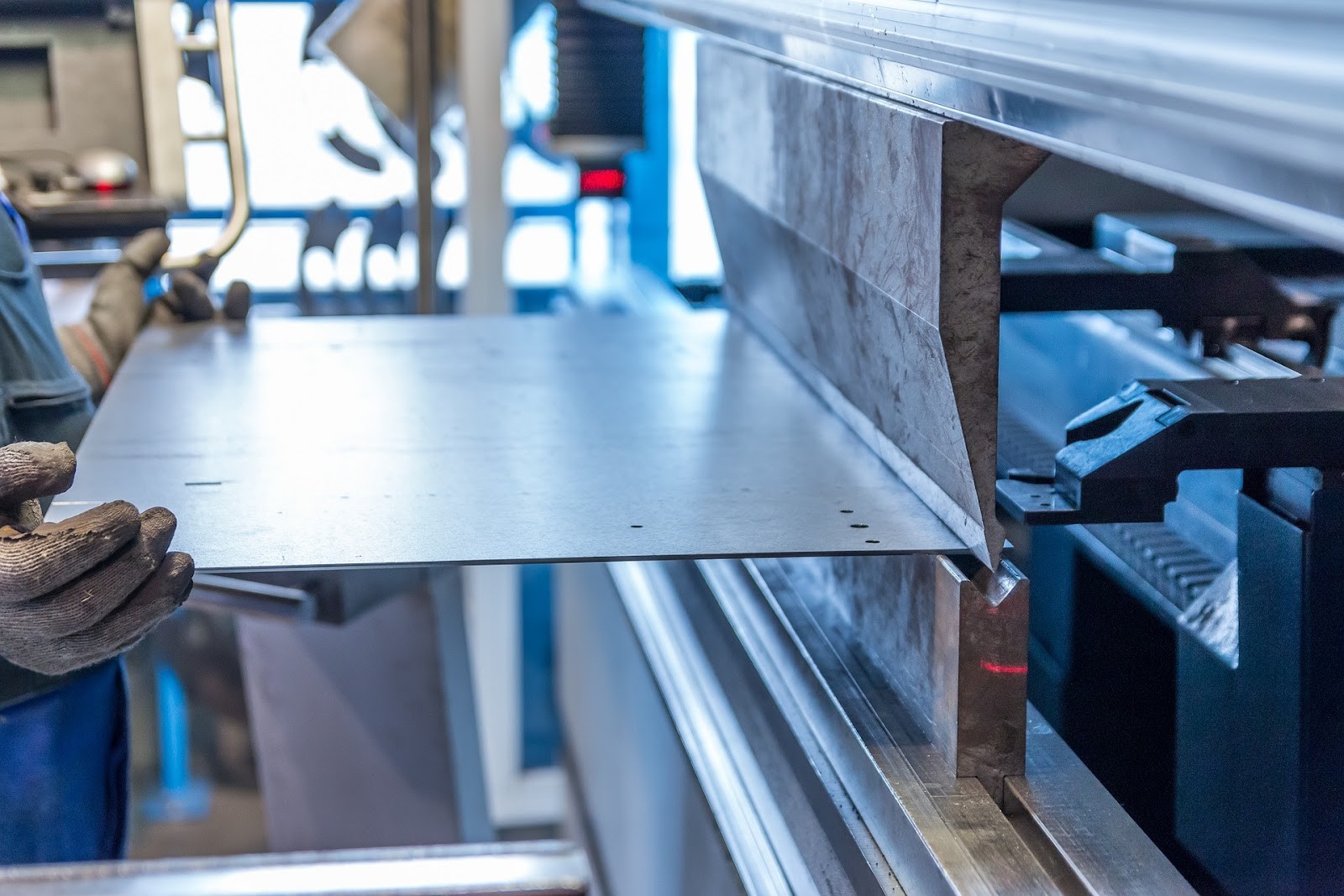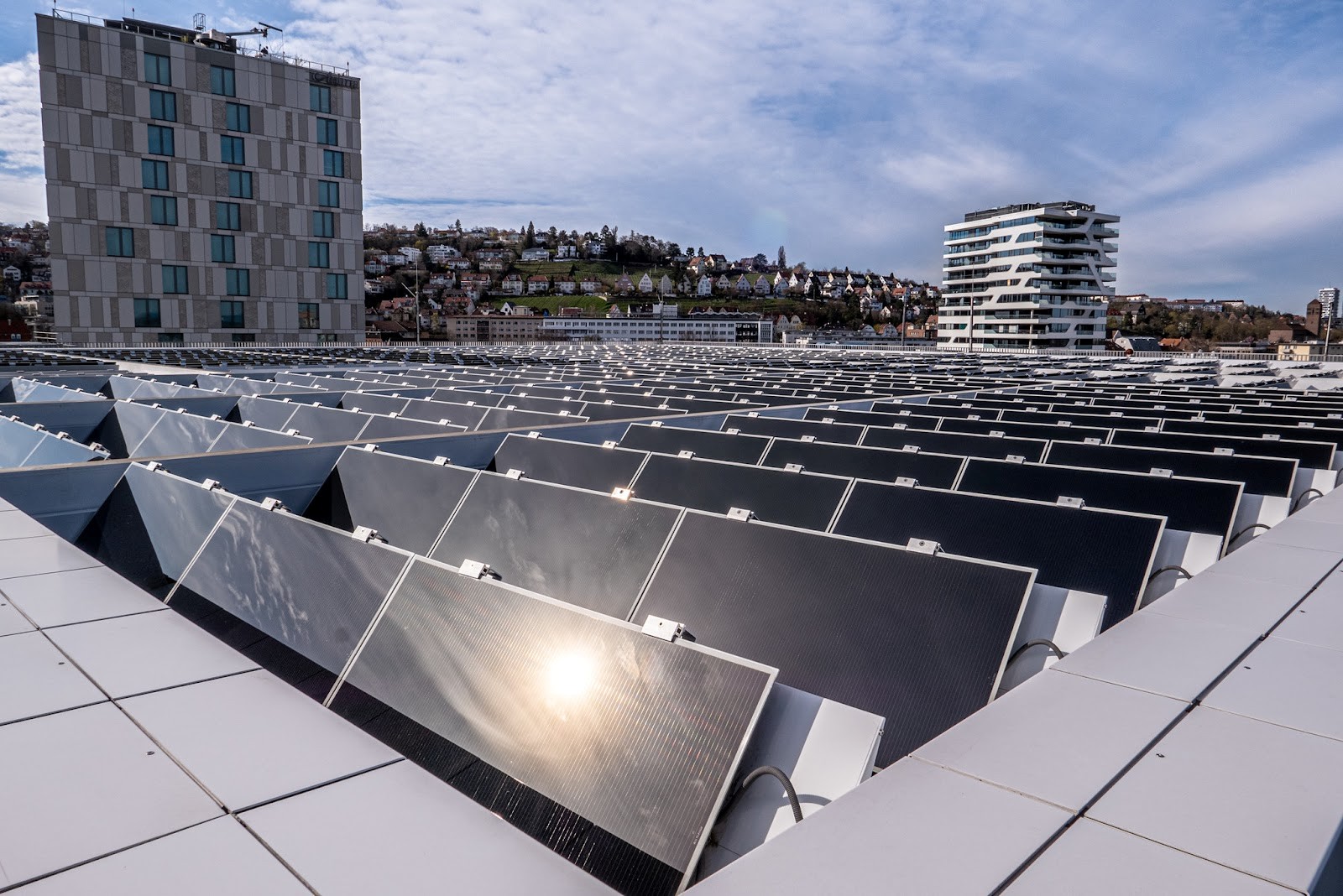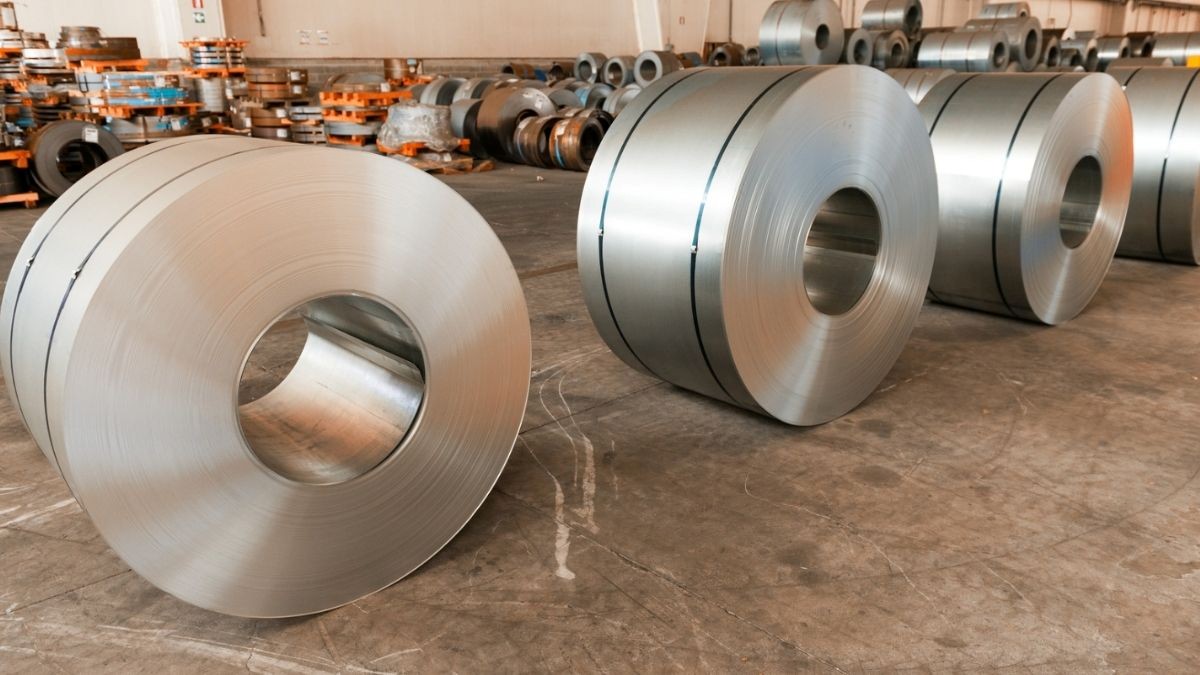Indian stainless steel industry faces potential setbacks due to proposed US tariffs

The Indian stainless steel industry could experience significant disruptions if the US implements its proposed tariffs, potentially affecting global supply chains and raising costs for manufacturers and consumers worldwide. This warning was issued on Thursday, February 13, by the Indian Stainless Steel Development Association (ISSDA), a representative organization for domestic stainless steel producers.
“The proposed higher tariffs from the Trump Administration pose a dual challenge to India’s stainless steel sector, restricting market access and intensifying global competitive pressures,” stated ISSDA president Rajamani Krishnamurti.
“Indian manufacturers have consistently provided the US market with high-quality, sustainable, and competitively priced stainless steel products. Additional trade barriers would severely restrict market opportunities, inhibit industry growth, negatively impact job creation, and potentially strain trade relations between these two major economies,” Krishnamurti emphasized.
“As India-US diplomatic and trade negotiations continue, it is critical to prioritize fair market access and maintain a level playing field. Promoting free and equitable trade practices must remain central to discussions, ensuring the continued stability and growth of the global stainless steel market,” he concluded.
Source: Steel Orbis
New approach developed to predict solar module lifespan under sand erosion

Researchers in Algeria have developed an innovative testing method and acceleration model aimed at accurately predicting the lifespan of solar photovoltaic (PV) modules subjected to sand erosion in desert conditions. This research integrates key environmental factors, including wind speed and sand density, offering a more precise lifespan assessment compared to traditional methods.
According to researcher Abdelkader Elkharraz, this new approach addresses the critical challenge of sand erosion, a major factor affecting PV module performance in desert regions. Constant exposure to wind-driven sand particles leads to mechanical wear, surface abrasion, and reduced transparency, ultimately decreasing the efficiency and power output of solar modules.
To simulate realistic desert conditions, the research team designed a custom testbed featuring a controlled sand-feeding mechanism, variable-speed wind fan, and rotating exposure platform. They utilized sand typical of desertification areas, characterized by larger, irregularly shaped grains, intensifying erosion effects on module surfaces.
Source: PV Magazine
Switzerland expands rules for rooftop solar, storage, energy communities

Switzerland is implementing expanded regulations for rooftop solar installations, energy storage, and energy communities to boost self-consumption and reduce grid stress. Scheduled to take effect in 2026, these new rules include updated tariffs, incentives for battery storage, and provisions for local electricity trading.
The Swiss Federal Council has approved a second set of ordinances linked to the Federal Act on a Secure Electricity Supply from Renewable Energy Sources. These regulations, effective from Jan. 1, 2026, focus on energy communities and minimum remuneration standards.
The new measures aim to encourage the use and storage of excess solar power to alleviate pressure on electricity grids. Tariffs are revised to realistically reflect self-consumption rates, urging operators of photovoltaic (PV) systems to enhance their consumption via battery storage and electromobility.
PV systems up to 30 kW will receive a minimum remuneration of CHF 6 ($0.0669)/kWh. Systems ranging from 30 kW to 150 kW qualify for CHF 6.2/kWh. Energy communities can now trade self-produced electricity locally within neighborhoods or municipalities through the public grid.
The Electricity Supply Ordinance (ESO) specifies the minimum capacity for energy community installations and outlines permissible grid connection levels. Electricity produced and consumed within these communities will benefit from lower grid usage tariffs—40% lower if using one grid level, or 20% lower if multiple grid levels are utilized.
PV systems up to 30 kW will receive a minimum remuneration of CHF 6 ($0.0669)/kWh. Systems ranging from 30 kW to 150 kW qualify for CHF 6.2/kWh. Energy communities can now trade self-produced electricity locally within neighborhoods or municipalities through the public grid.
Source: PV Magazine
European hot-rolled coil prices rise despite sluggish demand

Hot-rolled coil (HRC) prices in the European steel market are increasing, driven by reduced imports and improved purchasing activity. However, experts say that real demand is still stagnant and are awaiting the results of the containment measures.
In early February, Europe’s hot-rolled coil prices rose due to improved purchasing activity and reduced new imports. These developments are linked to the European Commission’s ongoing review of existing steel safeguard measures, expected to conclude at the end of March and come into effect on April 1.
According to Fastmarkets, the hot-rolled coil price index in Northern Europe’s domestic market reached €603.75 per tonne on Friday, February 14. This represents an increase of €0.42 per tonne compared to the previous day, a weekly rise of €4.58 per tonne, and a monthly increase of €30.42 per tonne.
Market participants in Northern Europe noted a clear improvement in buying activity during the first half of February compared to the very low levels observed in January. A mill representative told Fastmarkets: “There are more inquiries and transactions happening. It is no longer possible to buy at prices below €600 per tonne.” Meanwhile, a buyer emphasized that the price recovery is largely due to import dynamics, adding that domestic demand remains weak.
In the week ending Friday, the imported HRC market remained quiet with few offers available. Most overseas suppliers are offering March-April delivery periods. Indonesian offers to the Italian market were reported at €540-560 per tonne CFR, while offers from South Korea and Japan stood around €580 per tonne CFR. Turkey offered hot-rolled coil to Italy at €590-600 per tonne CFR, including anti-dumping duties.
European hot-rolled coil prices are positively impacted by import restrictions and slightly improved purchasing activity. Nevertheless, with demand yet to fully recover, the market eagerly awaits the outcome of the safeguard measures review scheduled for late March.
Source: Demir Çelik Gazetesi
